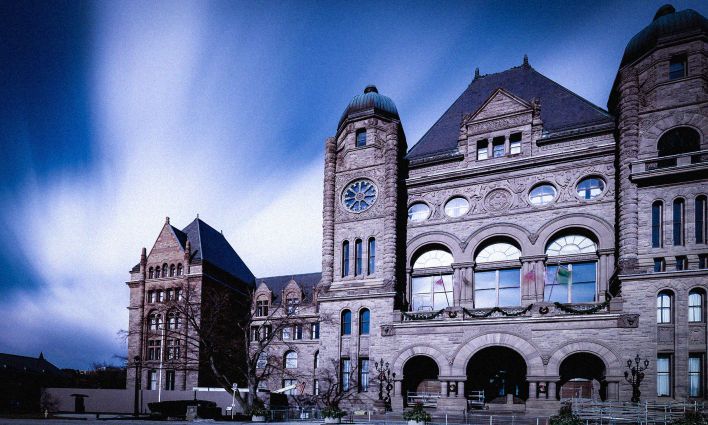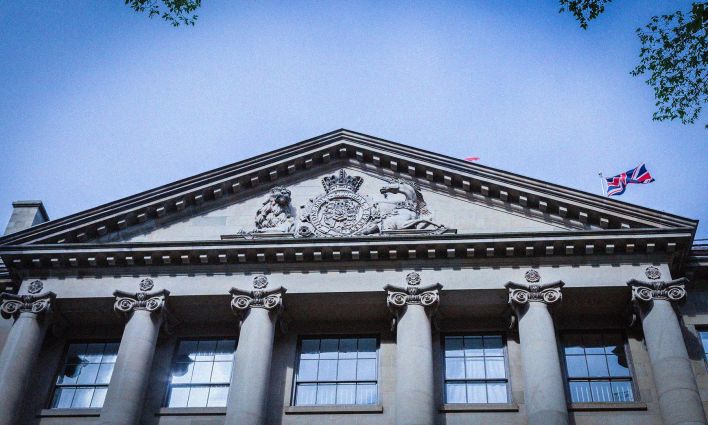Upon tabling the first Nova Scotia budget since the COVID-19 pandemic began, our new finance minister said the province was fortunate that we went into the pandemic in “a strong fiscal and economic position.”
I challenge his assessment of how fortunate we were.
Prior to the pandemic many in Nova Scotia were not thriving. The province has the highest child poverty rate in the country, in fact. Many people in our province have been struggling with food and housing insecurity and a lack of adequate public services due to government spending cuts.
The pandemic exposed the disastrous result of those government cuts to vital investments in people, especially in health care and long-term care.
While the government was running surpluses, households were burdened with increasing costs for housing or food, struggling to pay for child care and private health care costs.
The current housing crisis resulted, largely, from a lack of sustained and significant government investment in non-market, affordable housing.
None of this is adequately reflected in the new provincial budget.
This budget does not follow the evidence that tells us that the pandemic mitigation strategies have been uneven: the lower your wage, the more likely you were to have lost your job or a majority of your working hours. The sectors that have been hardest hit by COVID-19 employ more women and racialized workers. None of this is addressed in the budget.
The largest spending in this budget is in capital, on buildings and roads—predominantly male construction and higher paying jobs.
Income inequality was a problem before the pandemic, and it’s important to note that while low-waged workers were the hardest hit, many higher income people have not had their income negatively affected at all.
What we were looking for, what we got
Here are three investments we were looking for in this year’s budget:
Child care funding
We were looking for an investment to fund and build a high-quality early learning and child care system that is child-centred, play-based, seamless (all day, full year), affordable and accessible.
What we got: No increase in the licensed child care sector.
What that means: Families will continue to struggle to pay for high child care costs, providers will be challenged to recruit and retain educators, and we risk losing the licensed spaces that exist.
Income supports
We were looking for a substantial increase in income supports, specifically to employment supports, income assistance and the Nova Scotia Child Benefit.
What we got: A $100-a-month income assistance increase per adult and no increase to the Nova Scotia Child Benefit.
What that means: Single employable adults face a $15,494 per year gap and a couple with two children face a gap of $17,898 per year just reach the poverty line (Market Basket Measure). This is a welcome increase but is insufficient and leaves all these families well below the poverty line.
Post-secondary education
We were looking for investments to make post-secondary education more affordable.
What we got: No funding to support students.
What that means: Nova Scotia will continue to have the highest tuition in the country. Undergraduates in Nova Scotia face an average debt of $41,000 upon graduation—43% higher than the national average.
Loads of fiscal room to be bold
Prior to the onset of the pandemic, the provincial government had posted accumulated surpluses of more than $500 million over the previous four years. The current projected deficit of more than $700 million is primarily the result of increased spending to fund the pandemic response and the concurrent drop in revenue arising from the resulting recession. Though, when it comes to spending on the pandemic, Nova Scotia received $7,979 per capita of federal money for COVID-19 and only spent $541 per capita of its own money.
While the estimated debt-to-GDP ratio is expected to rise from 33.3% to 37.9%, much of this increase is due to the temporary drop in GDP caused by the recession. Though it is too early to accurately predict how rapidly the economy will recover following the pandemic, the early signs are positive. Economic growth should resume relatively quickly, resulting in greater revenues and a more favourable fiscal balance.
Most significantly, despite the hit to revenues and extra expenses associated with the pandemic, debt-servicing costs continue to fall, and government debt has become substantially more affordable. This is because the government continues to replace old, expensive debt with new, inexpensive debt. Since borrowing rates have fallen well below the projected growth of nominal GDP, there has rarely been a better time for the government to invest in Nova Scotians long-neglected public services.
Now is a good time to bring in progressive tax measures, which we have previously laid out, to ensure that those who can actually pay their fair share do so.
Income inequality was a problem before the pandemic, and it’s important to note that while low-waged workers were the hardest hit, many higher income people have not had their income negatively affected at all. Yet, there are no changes to taxation in this budget.
Instead of a budget that prioritizes getting back into running surpluses in four years’ time, the government should have ensured that the pandemic recovery was built on a strong foundation that centres on care—of one another and for the environment.










